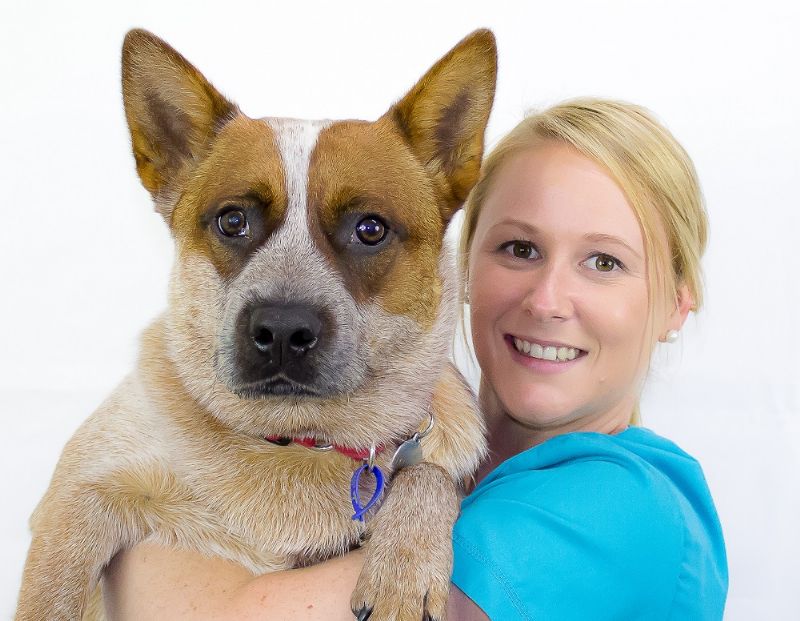Digital Radiography | Benefits For Your Veterinary Practice


Digital radiography is quickly growing in popularity in the UK primarily due to the superb image quality it produces in conjunction with ease of use and that fact that digital format images are so much easier to administer, share and store. Is it time for your veterinary practice to update its X-ray system to digital?
Here are some solid reasons why you should consider a CR or DD system and what it could mean for your practice.
No more wet processing – a Cr system or DR system provides improved consistency in terms of the X-ray images produced for examination. Consistently clear images make for easier and quicker diagnosis. Additional benefits include:
Greater operational flexibility – images can easily be shared in digital format; by email and file share apps, for example, allowing for easier and quicker external consultation and referrals when required.
Image capture flexibility – a wide range of plates are available to capture images, providing equal flexibility in terms of image capture as offered by conventional systems; with the advantage of reduced image processing time and costs.
Switching to digital radiography offers greater ease of use, superior image quality, and reduced operational costs for a busy veterinary practice. Isn’t it time you seriously considered upgrading to digital radiography?
